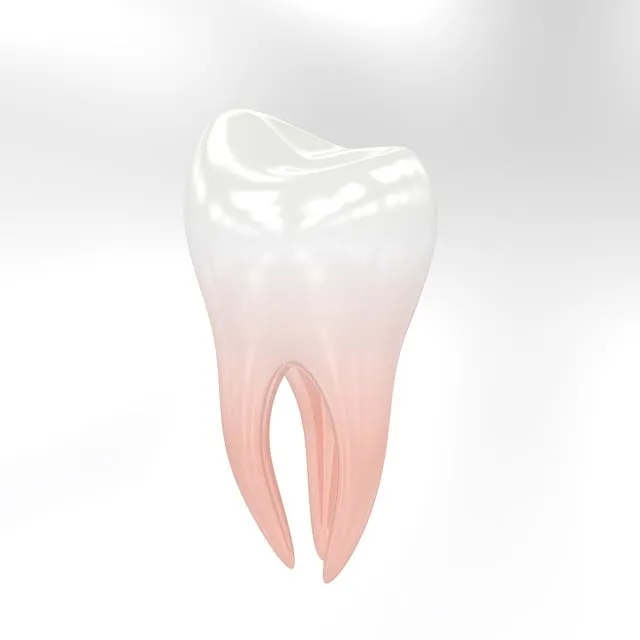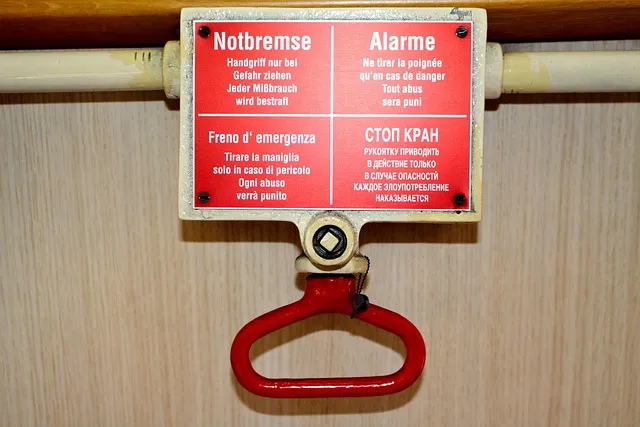Category: emergency dentist mcallen
Emergency Dentist McAllen: Navigating Dental Care in Crisis Situations
Introduction
In the dynamic landscape of healthcare, emergency dental care stands as a critical component, especially in urban centers like McAllen, Texas. This article delves into the world of ‘Emergency Dentist McAllen’, exploring its multifaceted aspects, global reach, and profound impact on oral health management. We will dissect its historical evolution, current trends, economic implications, technological innovations, regulatory frameworks, and the challenges it faces. Furthermore, through case studies, we aim to illuminate successful implementations and chart a course for its future development. By the end, readers will grasp the significance of this specialized field and its role in ensuring accessible, quality dental care during emergencies.
Understanding Emergency Dentist McAllen: A Specialised Service
Definition and Scope
An ‘Emergency Dentist McAllen’ refers to a dental professional or a clinic that provides immediate and urgent dental treatment for conditions requiring prompt attention. This service is designed to handle oral health crises, ranging from severe toothaches and facial injuries to oral bleeding and infected abscesses. The core components include acute care, pain management, emergency treatments, and referrals for further specialized procedures.
Historical Context
The concept of emergency dentistry has its roots in the early 20th century when dental practices began extending their services beyond routine check-ups and cleanings. As urban populations grew, so did the demand for after-hours care. The 1950s and 1960s saw the establishment of 24/7 dental clinics, particularly in major cities, to cater to working adults and emergency situations. Over time, these services evolved, leading to the specialized ‘Emergency Dentist’ role, which gained prominence due to the increasing complexity of oral health issues.
Significance in Oral Health Management
Emergency dentistry plays a pivotal role in several key areas:
- Accessibility: It ensures that dental care is available when traditional practices are closed, filling a critical gap in healthcare access.
- Urgent Care: Dealing with dental emergencies promptly can prevent further complications and permanent damage to teeth, gums, or facial structures.
- Community Health: By providing emergency services, these dentists contribute to public health by reducing the burden of preventable dental conditions.
- Peace of Mind: Knowing that immediate relief is available reassures patients and fosters a sense of security regarding their oral health.
Global Impact and Trends
International Reach
Emergency dentist services are not limited to McAllen or even North America; they have spread globally, albeit with variations in availability and accessibility. Several factors influence the development of these services worldwide:
- Urbanization: Similar to McAllen’s experience, rapidly growing cities worldwide face increased demand for emergency dental care due to higher population densities.
- Economic Development: Higher GDP countries often have more robust emergency dental care infrastructure, reflecting the general level of healthcare investment in those nations.
- Cultural Awareness: In some cultures, oral health is prioritized, leading to a greater emphasis on accessible emergency services.
Regional Trends
| Region | Trend/Observation |
|---|---|
| North America & Europe | High availability and integration into the general healthcare system, with well-established protocols for urgent dental care. |
| Asia | Rapid growth in urban centers, but varying levels of accessibility due to disparities in healthcare infrastructure. |
| Latin America & Africa | Mixed scenarios; some countries have made strides, while others struggle with limited resources and awareness. |
Impact on Local Communities
The presence of emergency dental services significantly impacts local communities:
- Reduced Pain and Suffering: Timely treatment for oral emergencies alleviates pain and discomfort, improving patients’ overall quality of life.
- Decreased Hospital Load: Effective emergency dentistry can divert non-critical cases from hospitals, freeing up resources for more severe conditions.
- Community Education: These clinics often serve as educational hubs, raising awareness about oral hygiene and preventive care.
Economic Considerations
Market Dynamics
The economic landscape of emergency dental care is complex, influenced by:
- Demand and Supply: In McAllen, the demand for these services correlates with population growth, migration patterns, and local economic conditions. Ensuring an adequate supply to meet this demand is a continuous challenge.
- Insurance Coverage: The level of insurance reimbursement can impact the affordability and accessibility of emergency dental care.
- Public Funding: Governments play a role in funding emergency dental services, especially in regions with limited private sector involvement.
Investment Patterns
Investing in emergency dentistry offers both financial opportunities and responsibilities:
- Revenue Generation: Private clinics often generate substantial revenue from these services due to their specialized nature and the urgency of treatments.
- Cost Management: Effective cost-control measures are essential, as emergency care can be resource-intensive. This includes optimizing staff scheduling, utilizing advanced technologies for diagnosis, and implementing efficient treatment protocols.
- Long-term Sustainability: Ensuring sustainable funding models is crucial to maintaining consistent service delivery over time.
Economic Impact on McAllen
The economic impact of emergency dentist services in McAllen is multifaceted:
- Job Creation: These clinics provide employment opportunities, contributing to local employment rates and economic diversity.
- Tourism and Migration: A vibrant dental care sector can attract tourists and migrants seeking specialized treatments, boosting the local economy.
- Healthcare Cost Savings: By addressing oral health emergencies promptly, it can reduce long-term healthcare costs associated with preventable conditions.
Technological Advancements
Digital Transformation
Technology has revolutionized emergency dentistry in McAllen:
- Teledentistry: Remote consultations using video conferencing enable patients to receive initial assessments and advice without physically visiting a clinic. This is particularly useful for non-emergency situations and rural areas with limited access.
- Advanced Imaging: High-resolution dental cameras and CT scanners provide detailed visual diagnostics, aiding in accurate treatment planning.
- Electronic Health Records (EHRs): Digital record-keeping streamlines patient data management, allowing providers to access comprehensive medical histories promptly during emergencies.
Impact on Care Delivery
Technological innovations have led to:
- Improved Diagnosis: Advanced imaging techniques enable dentists to identify complex issues more accurately, leading to better treatment outcomes.
- Enhanced Patient Comfort: Modern tools and equipment make procedures faster and less invasive, improving patient satisfaction.
- Data-driven Decisions: EHRs facilitate evidence-based practices by providing access to patient trends and outcomes, enabling providers to tailor treatments effectively.
Future Potential
Emerging technologies hold promise for the future:
- 3D Printing: Customized dental implants and prosthetics could be produced on-demand, revolutionizing treatment options.
- Wearable Dental Technology: Smart sensors and devices may monitor oral health continuously, alerting users to potential issues before they become emergencies.
- Robotic Surgery: Robotic-assisted procedures could enhance precision and minimize invasiveness in certain emergency treatments.
Policy and Regulation
Legal Frameworks
Emergency dental care operates within a specific regulatory environment:
- Licensing: Dentists providing emergency services must be licensed by the relevant state or provincial dental boards, adhering to education, training, and ethical standards.
- Insurance Regulations: Policies vary across regions, but generally, insurance companies cover emergency dental treatments, with specific conditions and limitations.
- Emergency Care Protocols: Local health authorities often mandate protocols for emergency care, including response times, patient triage, and treatment guidelines.
Impact on Service Delivery
Policies and regulations shape:
- Access Points: Regulations influence where and how emergency dental services are delivered, whether in dedicated clinics, hospitals, or mobile units.
- Referral Systems: Clear policies ensure efficient patient referrals to specialists when necessary, maintaining quality care.
- Standardization: Uniform guidelines promote consistency in treatment protocols across different providers, ensuring a uniform level of care.
Global Variations
Regulatory approaches differ globally:
- North America & Europe: Rigorous licensing and insurance regulations are commonplace, leading to well-structured emergency dental services.
- Asia & Latin America: Regulatory frameworks vary, with some countries having stringent rules while others lack standardized practices, impacting service quality and accessibility.
- Africa: Limited resources and infrastructure often lead to less formal emergency dental care arrangements. However, initiatives to standardize practices are gaining momentum.
Challenges and Criticisms
Common Hurdles
Emergency dentist services face several challenges:
- Staffing Shortages: Attracting and retaining qualified dental professionals, especially in rural or under-serviced areas, is a persistent issue.
- Equipment Costs: Advanced diagnostic and treatment technologies are expensive, posing financial hurdles for clinics, especially smaller practices.
- Insurance Coverage Gaps: Some patients may face limited insurance coverage or none at all, making emergency care financially inaccessible.
Criticisms and Solutions
Criticisms of the current state include:
- Inconsistent Quality: Without standardized regulations worldwide, quality control can vary, leading to concerns about inconsistent treatment standards. Solution: Global collaborations and knowledge-sharing initiatives can help establish best practices.
- Over-reliance on Emergency Care: Some critics argue that it reflects underlying issues in oral health management. Solution: Public health campaigns and community dental programs should be prioritized alongside emergency services.
- Accessibility for Underserved Populations: Rural, low-income, and vulnerable communities often face barriers to accessing these services. Solution: Mobile clinics, community outreach programs, and partnerships with local organizations can improve reach and accessibility.
Case Studies: Success Stories
McAllen’s Dental Emergency Response (MDER) Program
Overview: MDER is a collaborative initiative between the city’s dental schools, hospitals, and private practices. It provides a comprehensive network of emergency dental care during after-hours and weekends.
Success Factors:
- Multi-stakeholder Approach: Bringing together various stakeholders ensured a coordinated response, covering all demographics.
- Community Engagement: Public awareness campaigns encouraged residents to seek prompt care, reducing the burden on hospitals.
- Technological Integration: The use of tele dentistry and digital imaging streamlined referrals and improved treatment efficiency.
Tokyo’s 24/7 Dental Care Network
Context: Japan’s capital faces a unique challenge with its dense population and limited parking spaces, hindering traditional dental practices.
Solution and Outcomes:
- Mobile Dental Units: The city introduced mobile clinics equipped with advanced technology, allowing dentists to reach patients directly.
- Community Hubs: These units serve as community centers for oral health education and preventive care.
- Results: Response times improved dramatically, patient satisfaction soared, and there was a notable decrease in dental emergencies related to preventable conditions.
Rural Australia’s Tele-Dentistry Revolution
Scenario: Remote regions in Australia struggle with access to dental services due to vast distances and limited resources.
Implementation:
- Tele-Dentistry Platforms: The government funded the development of digital platforms enabling remote consultations, diagnosis, and treatment planning by specialist dentists.
- Community Training: Local health workers were trained to assist with oral hygiene and basic emergency care until specialized help arrived.
- Impact: This initiative improved access for rural communities, reduced travel costs, and empowered local health workers to handle more complex situations.
Future Prospects: Charting the Course Ahead
Growth Areas
The future of emergency dentistry holds immense potential in:
- Telehealth Expansion: With technological advancements, remote care is expected to grow, bridging gaps in rural and underserved areas.
- Specialized Services: There will be a greater focus on developing niche services tailored to specific demographics, such as pediatric emergency dentistry or geriatric oral care.
- Preventive Care Integration: Emergency dentists can play a pivotal role in promoting oral health literacy, leading to better preventive practices and reduced emergency loads.
Emerging Trends
Trends shaping the industry include:
- Oral Health Technology (OHT): The integration of OHT, including smart brushes, wearable sensors, and AI-driven diagnostics, will revolutionize at-home oral care, potentially reducing the need for emergencies.
- Personalized Medicine: Individualized treatment plans based on genetic profiles and advanced analytics will become more common, enhancing patient outcomes.
- Green Dentistry: Environmental considerations will gain importance, leading to eco-friendly practices and materials in dental care.
Strategic Considerations
To navigate these trends, emergency dentists should:
- Stay Technologically Savvy: Embrace new technologies while ensuring patient safety and data privacy.
- Foster Community Partnerships: Collaborate with local schools, healthcare providers, and community organizations to enhance reach and preventive care efforts.
- Advocate for Policy Changes: Engage in policy discussions to shape regulations that promote access, quality, and sustainability.
- Continuous Education: Dentists must stay updated on the latest research, treatment techniques, and emergency protocols through ongoing training.
Conclusion: A Cornerstone of Oral Health Care
Emergency dentist McAllen represents a specialized yet critical component of dental care infrastructure, providing immediate relief and support during oral health crises. From its historical roots to global trends, this field has evolved significantly, influenced by technological advancements, policy frameworks, and community needs. As we look ahead, the future holds immense potential for growth, innovation, and improved accessibility.
By addressing challenges head-on, leveraging technology responsibly, and fostering community partnerships, emergency dentists can ensure that quality dental care is accessible to all, regardless of time or location. The case studies presented illustrate successful implementations that serve as models for other regions, emphasizing the impact of strategic initiatives on oral health outcomes. As the demand for these services continues to grow, so too will the need for well-regulated, technologically-driven, and community-focused emergency dentistry practices.
FAQ Section: Addressing Common Queries
Q: How do I know if my dental condition is an emergency?
A: Dental emergencies can range from severe toothaches and facial injuries to bleeding gums or infected abscesses. If your pain is intense, you have a sudden fever, or you experience difficulty swallowing or breathing, it’s considered an emergency.
Q: What should I do if I have a dental emergency after hours?
A: Contact your local emergency dentist clinic or the on-call dental service in your area. Many clinics have dedicated hotlines for such situations. Until you can see a dentist, manage pain with over-the-counter medications and avoid eating until seen.
Q: How do technology and tele-dental care improve emergency dentistry?
A: Technology enhances emergency dentistry by enabling remote consultations, improving diagnostic accuracy, and streamlining treatment planning. Tele-dental care expands access to dental expertise, especially in underserved areas, reducing the need for patients to travel long distances.
Q: Are there any concerns regarding data privacy in tele-dental services?
A: Absolutely. Patient data privacy is paramount. Reputable tele-dental platforms use secure video conferencing tools and encryption to protect sensitive information. Always ensure providers comply with relevant data protection regulations.
Q: Can emergency dentists help with preventive oral health care?
A: Yes, they do. Emergency dentistry often includes education and counseling on proper oral hygiene practices, diet, and lifestyle choices to prevent future emergencies and promote overall oral health.
Boost Confidence: McAllen’s Top Cosmetic Dentistry for a Transformed Smile
Top Emergency Dentists McAllen: Your Comprehensive Guide
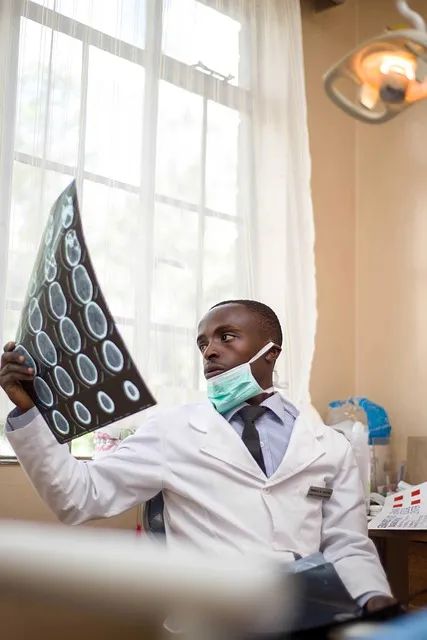
In McAllen, emergency dental care is crucial for oral health and well-being, with dentists addressin…….
Dr. Joey Cazares: McAllen’s Emergency Dentist Transforming Smiles

Dr. Joey Cazares, an acclaimed emergency dentist in McAllen, provides swift and expert care using cu…….
Find Immediate Dental Relief in McAllen: Emergency Dentists Near You
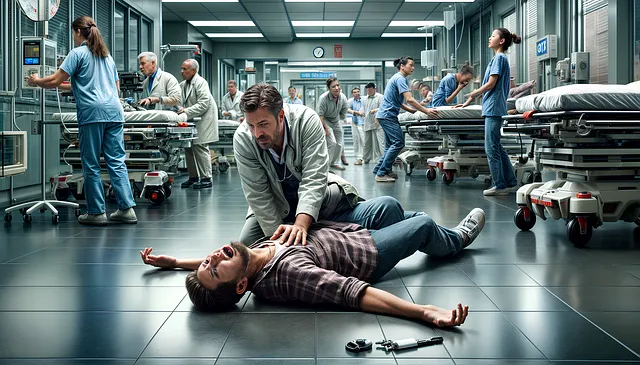
For dental emergencies in McAllen, an urgent care dentist is crucial. Dr. Joey Cazares and his team…….
McAllen’s Trusted Experts: Emergency Dental Care for Beautiful Smiles
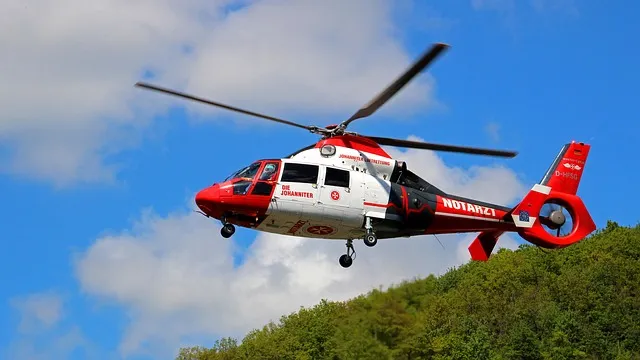
McAllen Dental Care offers 24/7 emergency dental services with state-of-the-art facilities and exper…….
Emergency Dentist McAllen: Quick Care & Prevention Tips

Dental emergencies in McAllen require immediate action. Contact an emergency dentist at 956-686-5000…….
McAllen Native Dr. Joya Cazares: Trusted Emergency Dentist

McAllen local Dr. Joya Cazares is a trusted emergency dentist offering prompt, compassionate care fo…….
Seamless Emergency Dental Care in McAllen: Quick Relief for You

McAllen residents can access prompt and efficient emergency dental care at Modern Dentistry Meets Pe…….
McAllen Native Dr. Joya Cazares: Your Trusted Emergency Dentist

Dr. Joya Cazares, a McAllen native, is an emergency dentist dedicated to providing swift and compass…….
